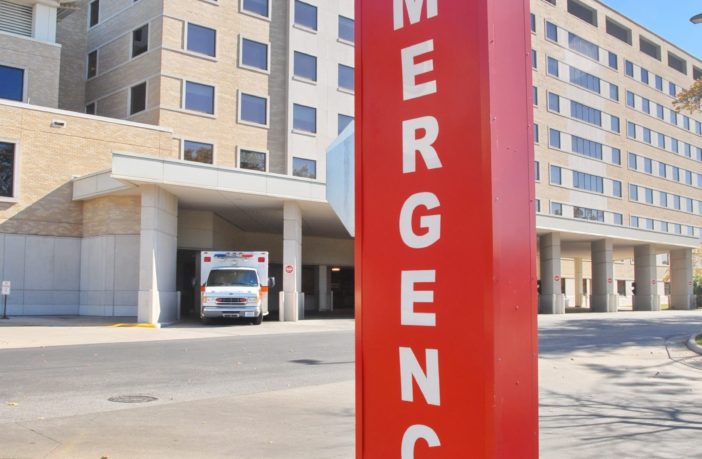By Alexa Spencer,
Word in Black
Black patients are more likely than other racial groups to be restrained during emergency department (ED) visits, according to a new study by Baylor University College of Medicine. The findings — released in JAMA Internal Medicine on Sept. 25 — are based on a systematic review of 10 studies published through February 2022.
Physical restraint in EDs is used to protect patients and staff from harm, but may have negative consequences, such as aspiration, physical trauma and psychological harm for those being treated.
The team of researchers found that physical restraint was a rare occurrence during ED visits. However, of the 24,030 events of physical restraint represented in the review, Black adults were disproportionately impacted.
“The absolute event rate for restraint use was relatively low, less than 1 percent, but our results suggest that Black patients have a higher risk of restraint than patients of other racial groups,” said Dr. Vidya Eswaran, corresponding author of the paper and assistant professor of emergency medicine at Baylor.
Physical restraint includes belts, vests, jackets, mitts, and other devices that confine the body and prevent movement.
Abrasions and bruises are the most common complications. Asphyxia, in which a person loses consciousness due to lack of oxygen, can also occur. And physical restraints can lead to death if patients are not continually monitored by staff.
The American College of Emergency Physicians says using restraints can be dangerous to patients and staff and may raise civil rights and liberty issues, “including the right to refuse care, freedom from imprisonment, and freedom of association.”
“However, there are circumstances when the use of restraints is in the best interest of the patient, staff, or the public,” the organization said in a policy statement.
Similarly, the American Medical Association says individuals have a fundamental right to be free from unreasonable bodily restraint, however, restraint may be justified if patients are at risk of harming themselves.
“Except in emergencies, patients should be restrained only on a physician’s explicit order. Patients should never be restrained punitively, for convenience, or as an alternate to reasonable staffing,” the association stated.
The researchers at Baylor note that their analysis had limitations, though, past studies reveal the same disparity among Black patients.
Research by Yale University found that Black children were more likely than White children to be physically restrained during ED visits. Further research by the university discovered that Black uninsured males bore the brunt of restraints among adults.
“The small number of studies included in this review are of mixed quality and reveal that the assessment of race-based disparities in physical restraint use in the ED is understudied,” Eswaran said.
Overall, she said more research needs to be conducted on this topic.
“Showing that differences in restraint use exist is not enough,” she said. “We must now further assess the mechanism for why these differences occur and what can be done to prevent them from persisting.”
This article was originally published by WordinBlack.



